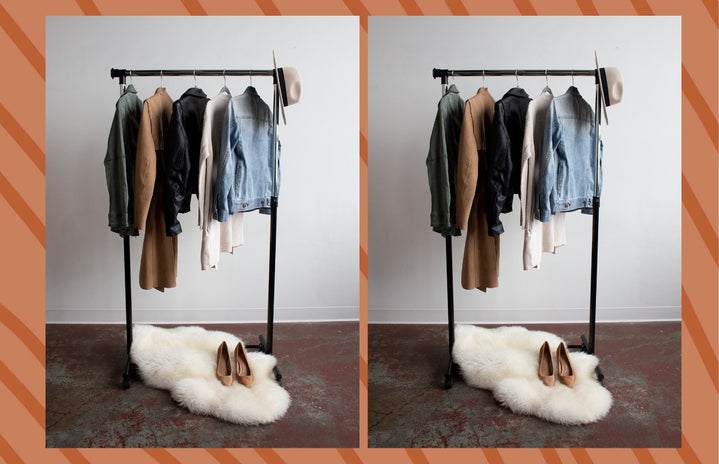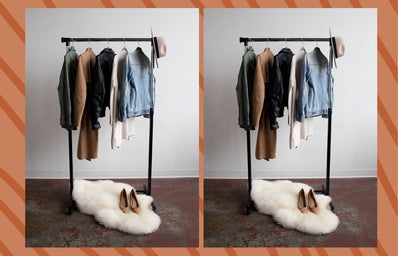When I was a little girl, I was obsessed with Barbies. You might think I am exaggerating, but I can honestly say I had hundreds of the dolls. Whether they remained in their boxes as collector’s items or in a giant blue storage bin, they were pretty much the only thing I played with for the majority of my childhood. My best friends and I would create these scenarios of our Barbies going to high school, travelling the world (in my Barbie airplane of course) or going to fancy parties. For me, Barbies were the item that I channeled my imagination and creativity through. As a young girl, I had never once thought to myself, “Oh, I’d like this Barbie so much more if she was taller and curvier just like me.”
As many people have seen, Barbie recently came out with a new line of dolls that come in all different shapes and sizes. Some are tall and curvy, some are short and petite. At first glance, I thought the dolls were totally awesome. I saw celebrities like Demi Lovato encouraging the new line, not really taking the time to really think about the ramifications that come with this uniquely shaped doll.
The more I thought about it and the more I looked into other people’s reactions to the dolls, I came to the conclusion that I am not a fan of the new Barbie. Now before people start accusing me of not caring about teaching girls body positivity, I want you to take a moment and put yourself back into the shoes of a little girl playing with her toys…
Your best friend from your kindergarten class comes over to play after school. You get out all your Barbies excitedly as you think of all the fun things you want Barbie to do today! You decide that your dolls are going to attend a fancy dance party, so you each pick your girl and start sifting through outfits for them to wear. Your doll appears to be shorter and a little curvier than the doll your friend picks, but you both decide you want to switch their outfits for the party. As you try sliding the sparkly dress onto your doll, it won’t even go up past the knees. All of a sudden, you’re thinking to yourself, “Why can’t my Barbie wear the same pretty dress as her Barbie can? Her Barbie must be skinnier than mine so I want her Barbie so she can wear the pretty sparkly dress.”
Before you know it, little girls are forced to be totally conscious about body size. It becomes less about imagination, creativity and pure fun and more about figuring out which Barbie will or will not fit into an outfit. Then, it can turn into girls feeling like they can’t play with a certain doll because Barbie doesn’t have the same body shape as her. While I understand the importance of teaching young girls body positivity and teaching them that it doesn’t matter what their body looks like, it seems that these new dolls have done just the opposite by making the issue of body size a factor that children are forced to be aware of. I don’t think that the creators of this new line really considered the long term psychological effects that these new dolls might have on girls.
It makes me wonder who these Barbies were actually made for. Are they for the little girls who are actually playing with them? Or are they really being made for the satisfaction of a generation of grown women who are pushing for body consciousness and “body positivity.” I appreciate the message that Barbie is trying to send, but I feel that making girls aware of their body differences at such a young age is unnecessary and potentially psychologically damaging. It’s turning an activity that shouldn’t be about bodies into something about bodies, and that scares me.


